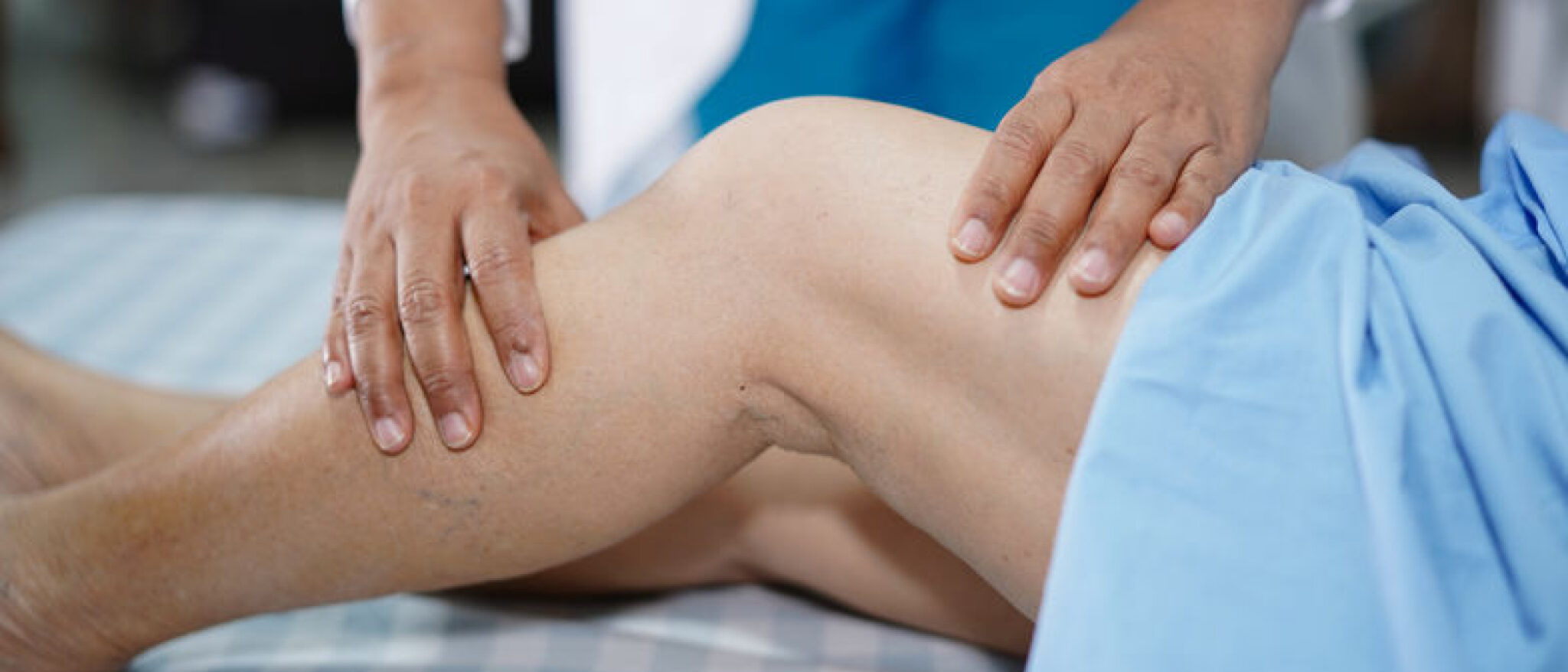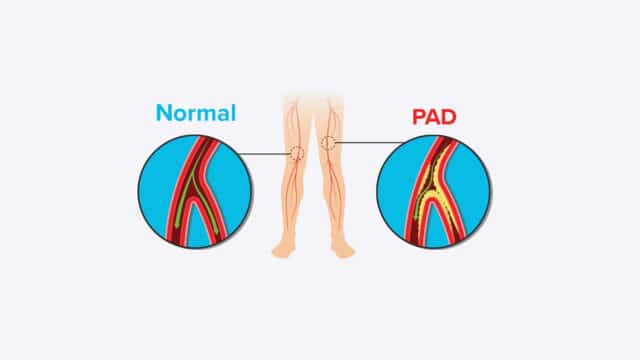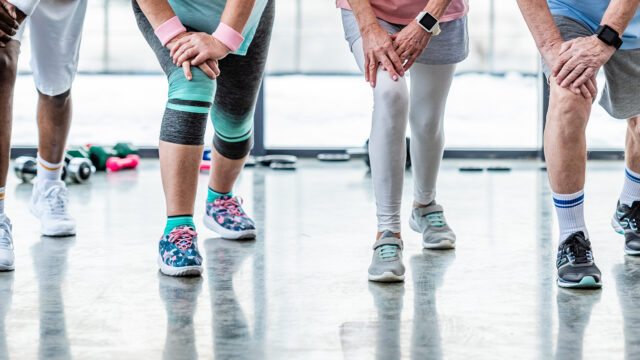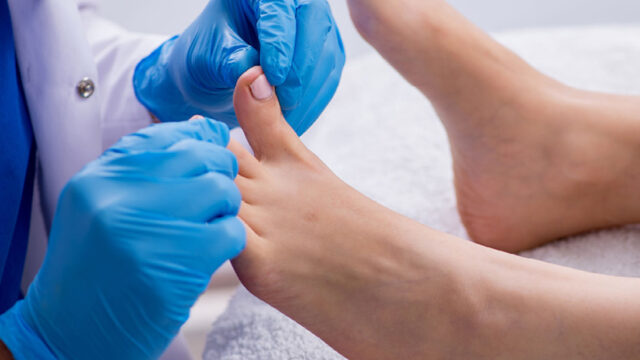Peripheral Artery Disease and Related Ulcers
What is peripheral artery disease (PAD)?
Peripheral artery disease (PAD) is a narrowing or blockage of the blood vessels in the legs. Blood flow to your feet and legs is decreased. This decreased blood flow affects the health of your skin on your feet and legs. It can also be the reason a foot ulcer does not heal. People with PAD have an increased risk for heart attack and stroke. An estimated 8 million people in the USA have PAD.
How does blood circulate in the body? Blood flows through the body in arteries and veins. Blood carries oxygen through the arteries. Blood flows from the heart and lungs to the skin and to the tissues in the lower legs and feet. It provides them with the oxygen. All tissues need oxygen to stay healthy. Veins carry the used blood back to the heart and lungs to get more oxygen and food.
What causes peripheral artery disease?
- Atherosclerosis, “hardening of the arteries” happens because the arteries become rough and narrow. Cholesterol and plaque block the artery.
- Aneurysms
- Damaged, diseased or weakened vessels
- Blood that clots too easily
- Abnormal connections between arteries and veins
Risks for Getting PAD
- Smoking
- High cholesterol
- High blood pressure
- Diabetes
- Heart disease
- Obesity
- Family history of arterial disease
Common Signs and Symptoms of PAD
- Pain or cramps in the calf while walking or exercising. These pains or cramps go away when the walking or exercising stops.
- Pain in the feet or legs while resting or wake you from sleep.
- Decreased or no hair growth on the feet or legs.
- Lower legs and feet that are cool to touch.
- Legs and feet appear pale when raised and purplish when hanging down.
- Numbness or tingling in feet and legs.
- High blood pressure.
- Elevated blood cholesterol levels.
- Heart disease.
- Excessive weight.
- A wound that does not heal.
- Foot ulcer does not heal.
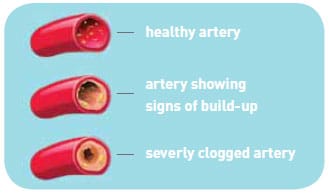
Treatment of Arterial Disease
- Diet low in saturated fats
- Moderate exercise
- Medicine to dilate vessels
- Surgical intervention
- Wound care that is ordered by your doctor
Tips to Keep Your Wound From Returning
- Monitor your symptoms
- Stop or decrease smoking
- Lose weight if over weight
- Eat a healthy low fat and low cholesterol diet
- Decrease stress
- Do not cross your legs for long periods of time
- Get exercise by walking, biking, gardening, etc.
Work with Your Physician to Control
- Diabetes
- High blood pressure
- High blood cholesterol levels
- Heart disease
- Weight
When to Call Your Healthcare Provider
Call your healthcare provider if you notice:
- Pain or cramps in the calf area while walking or exercising
- The pain stops when the activity stops
- Pain in the feet or legs while resting
- Pain in your legs or feet that wake you from sleep
- Lower legs and feet are often cool to touch
- Legs and feet appear pale when raised and purplish when hanging down
- Numbness or tingling in feet and legs

